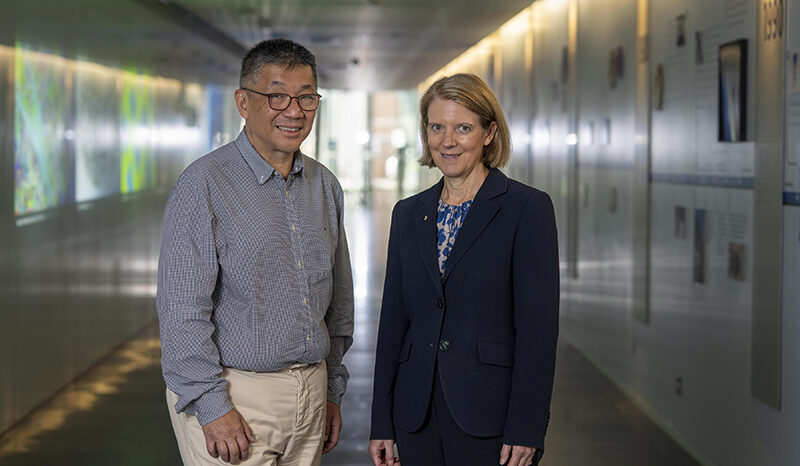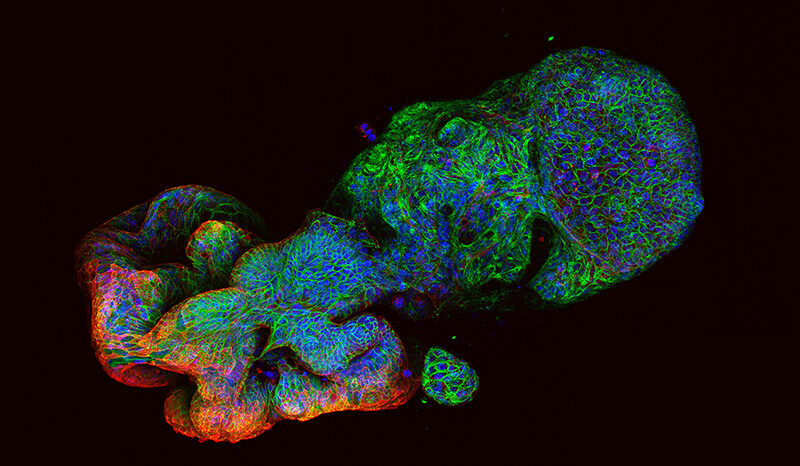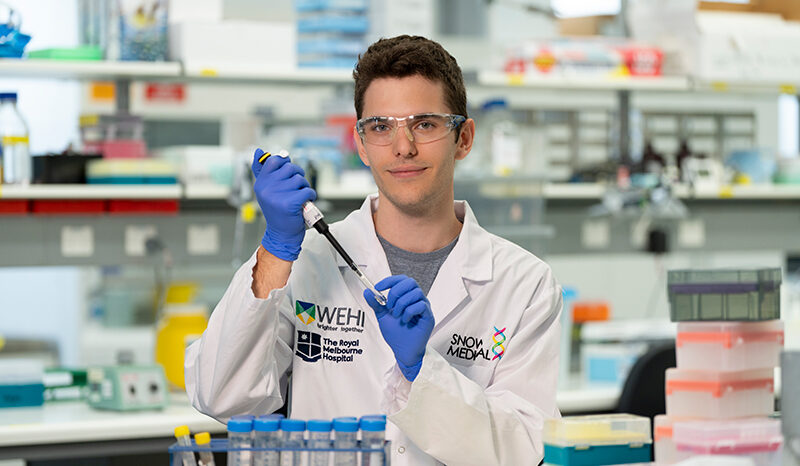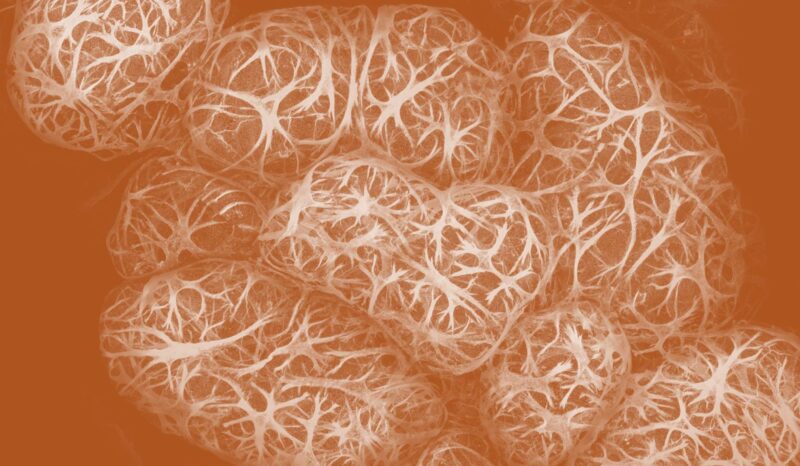Malaria is one of the world’s deadliest parasitic diseases, infecting over 200 million people annually.
Prof Tham’s work has transformed our understanding of how the two most deadly malaria parasites, Plasmodium falciparum and Plasmodium vivax infect humans.
Her fundamental discoveries identified and characterised the key players that exist at the interface between malaria parasites and human cells, examining the molecular interactions that underpin immune regulation and blood cell entry.
Prof Tham’s molecular and structural descriptions of how the parasites infect blood cells provide a blueprint for the design of new drugs and vaccines.
Her work on P. vivax has significantly advanced our understanding of how it enters blood cells, identified a new vaccine candidate and led to the subsequent development of a novel diagnostic program to detect P. vivax infections.
“Plasmodium vivax is particularly challenging to work with and remains one of the main hurdles to complete malaria elimination,” Prof Tham said.
“It has been a real privilege to work with an incredible team of parasitologists, structural biologists, immuno-epidemiologists and our partners in malaria endemic regions to understand P. vivax biology.”










